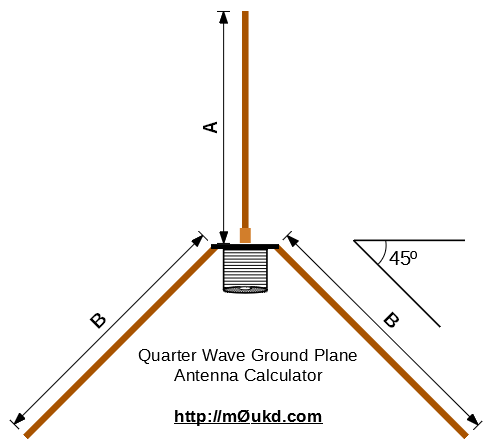Quarter Wave Box Calculator 21
вторник 23 апреля admin 88
Quarter Wave Box Calculator 21 Rating: 4,3/5 2169 votes
Under the “Enclosure Specifications” section, you will notice the fields labeled, “1/4 Wave Tuning Point,” “Port Frequency 1,” “Port Frequency 2,” and “Box Frequency.” In order to achieve the intended alignment model of the formulas in the calculator, you must try and get these numbers as close to the same as each other.
Outline • • • Quarter-wave transmission line speakers employ enclosures that are tuned to provide low-frequency extension for the speaker driver. There are several types of transmission line enclosures and one of the more popular ones is the mass loaded transmission line (MLTL). Basically, an MLTL is a quarter-wave transmission line enclosure with a port. Perevod m3 para v tonni. Now, some may argue that this is a bass reflex enclosure – and the line is indeed a bit blurry.
However, rather than engaging in a lengthy discussion on naming conventions, I will use the term MLTL to describe a ported quarter-wave enclosure. Thanks to a collection of MathCad programs developed by, Mass Loaded Transmission Line (MLTL) speakers are now relatively straight-forword to design for the DIY audio enthusiast. If you do not have access to MathCad, MathSoft makes a MathCad viewer available, which allows you to work with the programs and perform all the needed simulations. You just cannot save your results.
For details, as well as other options for how to obtain MathCad, see. This page is intended as a “Getting Started Guide” for MLTL design. It is aimed at the DIY speaker designer who is already familiar with MathCad and able to work with Martin J.
King’s programs. It is intended as an implementation of design procedure as outlined in the “” thread on DIY Audio and a first draft of a speaker design. Further optimization is likely needed. Driver Selection I happen to have spent quite a while lately drooling over the. I have listened to speakers that used the Alpair 10.3 with metal cones. I really liked the sound, though, the metallic cones bother me.
The provide a boost in the mid treble that I don’t care so much for. The cones are also really fragile. However, the newly available version with paper/fiber cone piqued my interest. The Alpair 10 is classified as a 6″ driver measuring 164 mm in diameter. Much of the diameter is taken up by the surround and mounting flange. The effective area, Sd, of 88.25 cm² converts to a diameter of 4.2″. Enclosure Design Procedure For MLTLs, there are three fundamental choices: Tapered with narrow top, straight pipe, or tapered with wide top.
MLTL Type Top Area Bottom Area Driver Position Ratio TQWT 1•Sd 4•Sd 0.40~0.50 Straight 4•Sd 4•Sd 0.25 Conventional 4•Sd 1•Sd 0.20 Source:. With the MathCad programs it is trivial to try the different types of enclosures. For each taper, work through the design procedure and pick the configuration that provides the smoothest frequency response. According to Bob Brines, drivers with Qts.
